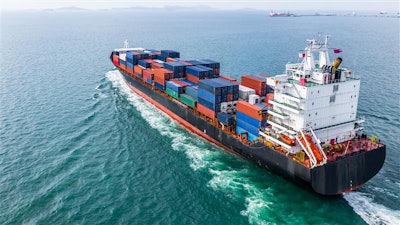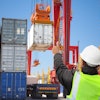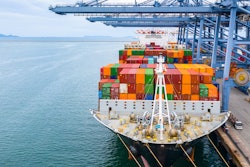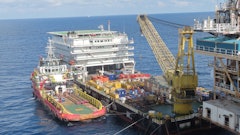
Export volumes remain challenged as tariff negotiations continue, while inbound volumes, especially to the West Coast, are still strong. Meanwhile, trucker financial health is also an escalating concern across the industry, according to the ITS Logistics US Port/Rail Ramp Freight Index.
“As tariff negotiations continue, industry professionals can anticipate surges in export volumes to follow agreements between the U.S. and other countries as shippers work to meet pent-up demand,” says Paul Brashier, VP of global supply chain for ITS Logistics. “This should increase freight costs, especially in the spot market. While export volumes continue to be challenged, inbound volumes are still strong as front-loaded goods and retail peak shipments arrive in preparation for the fourth quarter. Day-side congestion at the terminals is also being reported, and empty termination availability is challenging.”
Key takeaways:
· Overall, the preliminary data depict just how great an impact both the current administration’s trade policy and existing tariffs are having on the supply chain. Furthermore, tariffs are increasing consumer prices, but due to fewer imports being received, businesses will eventually experience fewer goods on shelves, with small businesses especially struggling to remain open altogether.
· In July, total retail sales, excluding automobiles and gasoline, were up 1.45% seasonally adjusted month-over-month and up 5.89% unadjusted year-over-year in comparison to June, with consumers increasing spending habits in anticipation of future price hikes and potential shortages.
· This past June, the Port of Los Angeles handled 892,340 Twenty-Foot Equivalent Units (TEUs) of cargo, which was 8% more than last year, making it the busiest June in the 117-year history of the port. June 2025 loaded imports amounted to 470,459 TEUs (10% more than 2024) and loaded exports landed at 126,144 TEUs (a 3% improvement from 2024). A total of 295,746 empty container units were also processed, a 7% increase over last year.
“Volumes should subside as we approach September, except for infrastructure and project freight,” adds Brashier. “With the newly passed congressional bill, companies should increase those activities through 2025 into 2026.”




















